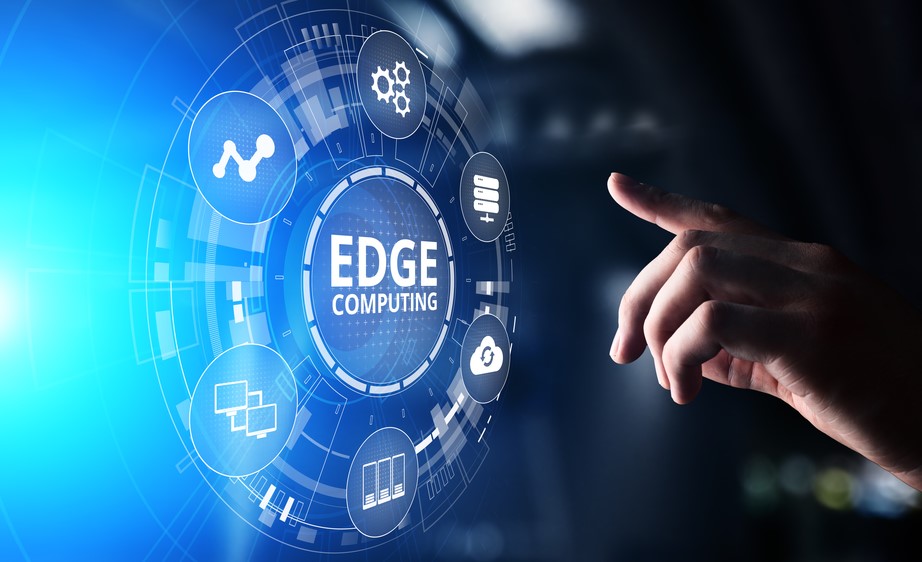
As a trend to watch in 2019, Pam Baker notes, “You can expect edge computing to rise in adoption rates given the nature and growth of the Internet of Things and the mind-boggling demands for increased speeds in analytics. Data and analytics usage will thus lean more toward a distributed model rather than a centralized one.”
Alongside these digital growing pains comes an increase in concerned worry, sleepless nights, and gray hair for administrators and IT staff in general due to the strain on networks from so many connected devices. Concerns that edge computing has the potential to ease by placing resources and applications at the edge of the network.
But, as with any innovation, there exists benefits and disadvantages. Pros and cons to be considered and evaluated.
The Pros—
- So much “connectedness” has created, for many organizations, a clogged pipeline of streaming data which can be not only cumbersome but costly to manage. “By running the data through an analytics algorithm as it’s created, at the edge of a corporate network, companies can set parameters on what information is worth sending to a cloud or on-premises data store for later use — and what isn’t,” suggests Tech Target’s Margaret Rouse.
- Better, more effective decision making is a direct result of edge analyzing. A decrease in latency due to the ability to interpret data at the network’s edge is key to smarter, more productive decisions that could never happen if all analyzing takes place later in a centralized location.
- “Edge analytics reduces the cost of data storage and management. It also lowers operational costs, minimizes needed bandwidth, and reduces resources spent on data analysis. These factors all combine to provide significant financial savings,” notes Vivian Zhang with the NYC Data Science Academy.
The Cons –
- Implementing a well-thought-out edge computing strategy is complex, and it can be expensive when you consider the planning, the resources, and the additional equipment needed to deploy analysis on the edge. The result, of course, is to improve efficiency and hopefully to achieve a reduction in costs. But be advised that a significant upfront investment will often be required.
- “Edge analytics isn’t all up-side; the efficiency it brings comes at a cost. Only a subset of data will be processed and analyzed, with results being sent over the network,” reminds Zhang. “This effectively means that raw data is being discarded and this inevitably results in missing some insights it could have offered. The type of device and use of the data needs to be considered — is the loss of data critical or a necessary aspect of increased efficiency?”
What must be determined is whether or not the “loss” is bearable. Do we need the entire data set, or is the result generated by the analysis enough?
- “There is a skills gap at the edge. Quite simply, many organizations are still learning how to fully utilize the data they capture from or distribute to, edge locations. And there’s a shortage of developers who can write new apps for emerging edge use cases, including the ‘killer’ apps many businesses hope to develop for true business transformation,” notes Rick Moore, director of Cloud Services.
Moore concludes, “There’s little sense investing in edge technology or assets without having a specific business purpose in mind. Otherwise, you’ll introduce unnecessary complexity and cost into your infrastructure. In some instances, for example, shaving milliseconds from network latency could make the difference between choosing to invest or not. But it’s key to identify specific challenges first, then take a thoughtful approach to solving them – at the edge or within the core.”
RomAnalytics can assist in putting together the perfect team to manage the data science for your organization. Because of our focus on top talent for market insights and analytics, we have a deep and vast pool of individual candidates readily available to fill crucial positions in your company. What are you waiting for? Contact our office today!




